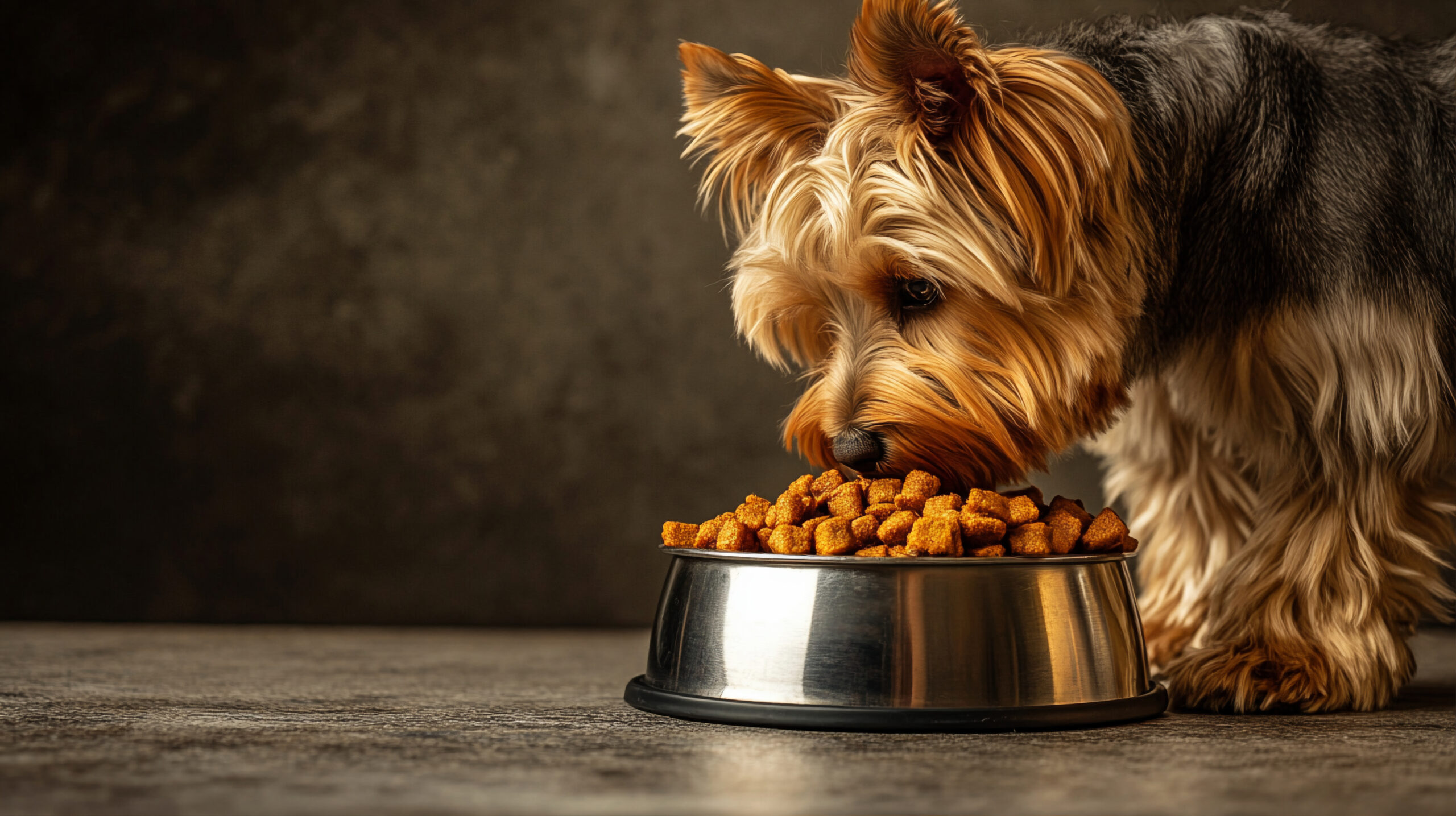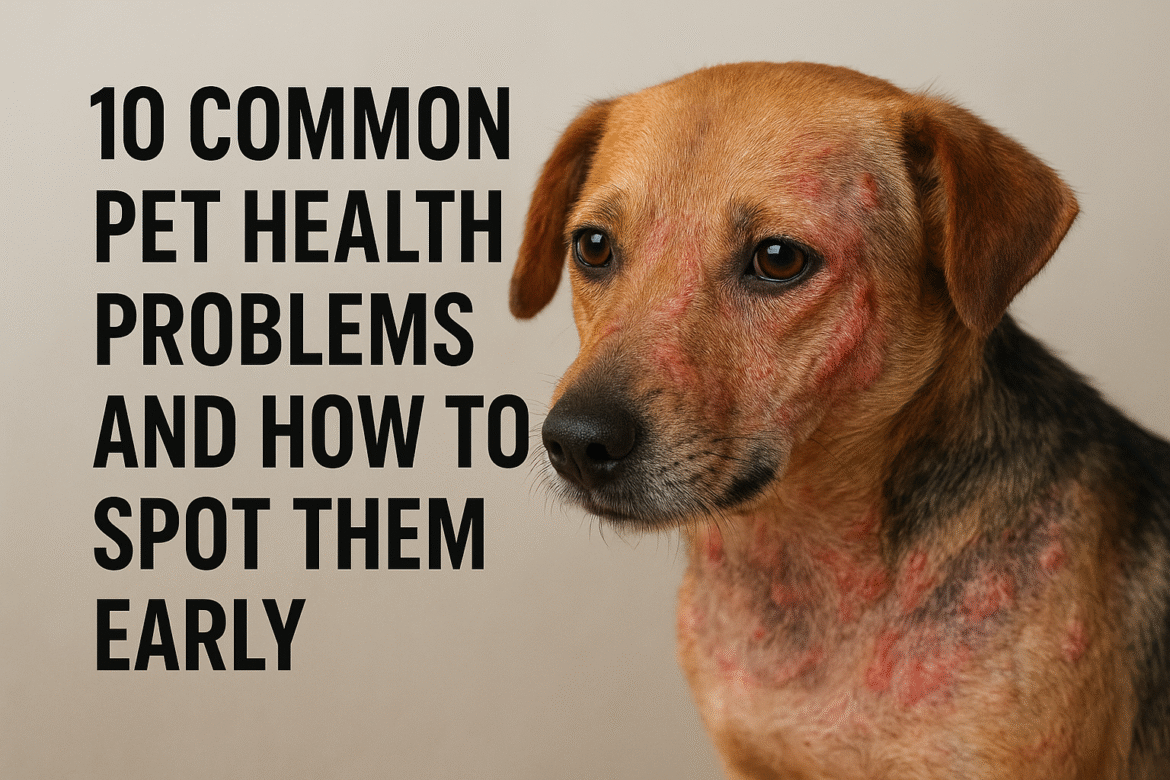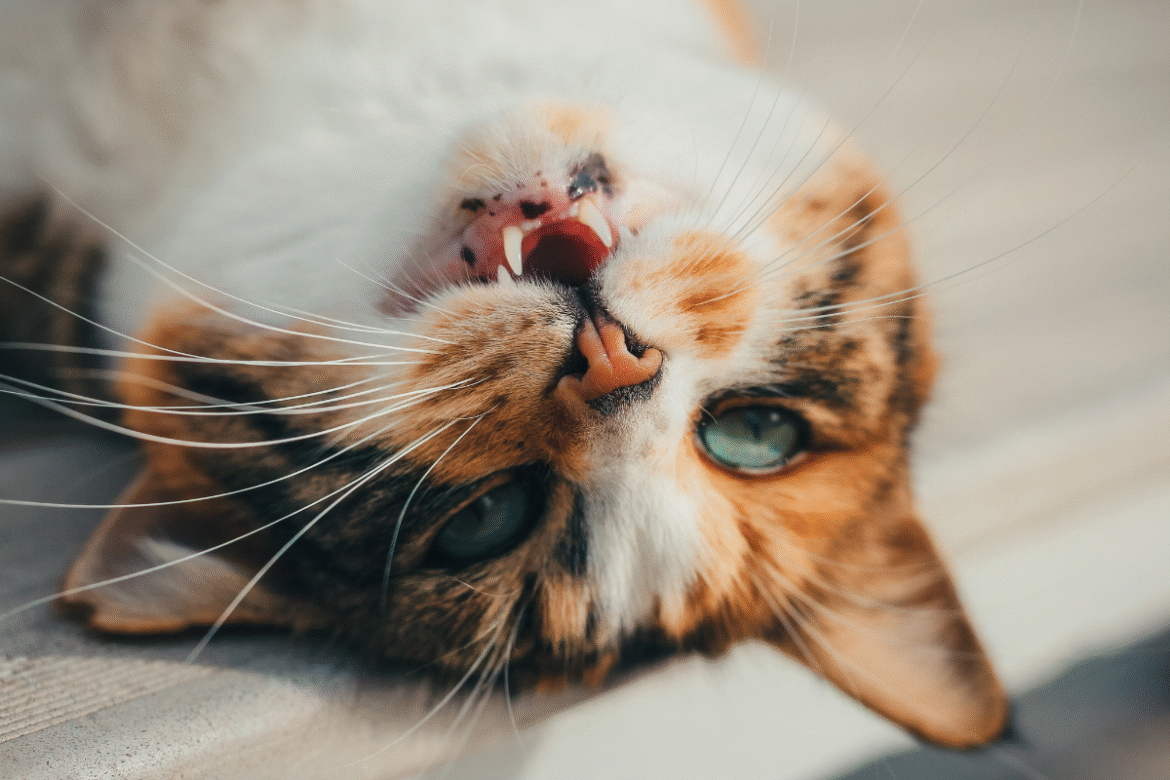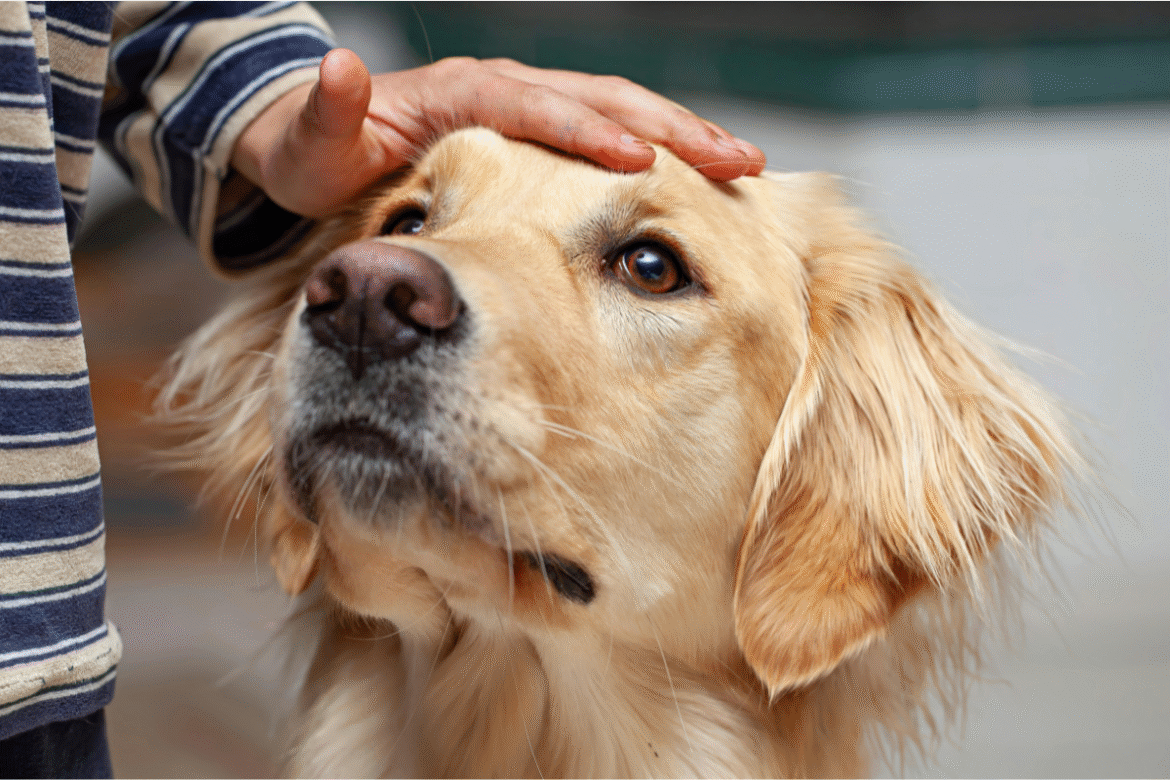Every pet owner wants their furry friend to enjoy fresh, tasty meals every day. Fresh food is packed with nutrients, and pets love the flavor. But when you buy in bulk or make your own meals, you might wonder, can fresh pet food be frozen?
The good news is, yes, it can. Freezing keeps the food safe, fresh, and full of goodness. Here, we will let you know how to store and serve fresh pet food the right way, using safe and simple methods every pet parent can follow.
Why Fresh Pet Food Matters
Fresh food plays a huge role in your pet’s health. It contains high-quality proteins, vitamins, and minerals that keep your pets strong and active. Compared to dry or canned meals, fresh food often has fewer preservatives and artificial colors.
When selecting fresh pet food or healthy dog food, review the ingredient list. Opt for real meat, grains, and veggies over fillers. These ingredients provide better nutrition and are easier to digest. Brands like Natural Balance Pet Foods at Petco offer healthy options for dogs and cats of all ages.
Fresh food is not just tasty; it supports shiny coats, better digestion, and higher energy levels. However, to keep it safe, proper storage is key.
Can Fresh Pet Food Be Frozen?
Yes, fresh pet food can be frozen safely. Freezing helps lock in nutrients and flavor while keeping harmful bacteria away. It also allows you to prepare meals in advance without worrying about spoilage.
If you buy pet food online in bulk, freezing can save both time and money. You can portion the meals, freeze them, and thaw only what you need each day. It’s ideal for busy pet owners who want fresh meals ready anytime.
Here are a few quick benefits of freezing:
- Prevents food waste.
- Preserves nutrition and taste.
- Reduces the need for daily meal prep.
- Keeps food safe for longer.
When freezing puppy and food meals, always use clean containers and label them with dates. This helps you know how long the food has been stored.
How to Freeze Fresh Pet Food Properly
Freezing pet food is simple, but small details make a big difference. Follow these easy steps:
- Portion the Meals: Divide the food based on your pet’s meal size. This is especially useful for pet food for small dogs and puppies.
- Use Airtight Containers or Bags: Store each portion in airtight freezer bags or containers to prevent freezer burn. Petco’s Pet Food Storage Supplies has great options for safe storage.
- Label and Date Everything: Always label each package with the type of food and the date frozen. Use it within 2–3 months for the best quality.
- Store Flat to Save Space: Lay the bags flat in the freezer. This saves space and makes thawing easier later.
- Avoid Refreezing Thawed Food: Once thawed, don’t refreeze. It can alter the texture and reduce nutrient content.
These small steps help preserve high-quality dog food and ensure it stays safe for your furry friend.
Thawing and Serving Frozen Pet Food
Once frozen, the next step is to thaw the food correctly. Always thaw it in the refrigerator, never at room temperature. Slow thawing helps keep bacteria away and maintains the food’s flavor.
Here’s a simple thawing routine:
- Move a portion from the freezer to the fridge the night before.
- Serve it cold or at room temperature the next day.
- For picky eaters, warm it slightly by placing the bowl in warm water.
If your pet has a sensitive stomach, make sure the food is fully thawed and not too cold. This prevents digestive upset. Choose pet food for sensitive stomachs that is soft, gentle, and easy to digest.
Also, try mixing in treats in pet food for a little variety. Treats make mealtime fun and keep your pet excited about eating.
Common Storage Mistakes to Avoid
Even small mistakes can make fresh food unsafe. Avoid these errors to protect your pet’s health:
- Refreezing thawed food: This can cause bacterial growth.
- Using old containers: Always clean storage boxes before refilling.
- Mixing old and new batches: Keep fresh meals separate from older ones.
- Ignoring temperature: Keep your freezer below 0°F (-18°C).
- Overfreezing food: Use within 90 days for the best taste and nutrition.
By avoiding these mistakes, you keep pet food ingredients safe and nutrient-rich.
Nutrition and Vet Care Connection
Healthy eating and vet care go hand in hand. When you store food properly, you protect your pet’s immune system and digestion. Poor storage can lead to spoiled food, which may cause stomach issues or dull coats.
If your pet has allergies or health problems, ask your vet for advice. Dog vet care and pet vet care professionals can help you choose the right food type, portion size, and freezing method.
Some vets even recommend natural balance pet foods for pets with sensitive stomachs. A balanced diet, along with proper vet checkups, helps your pet stay active, strong, and happy. For more guidance, visit Petco Veterinary Services.
Final Tips for Pet Owners
Before you start freezing, remember these key points:
- Always buy high-quality dog food with real ingredients.
- Divide meals into small portions before freezing.
- Use airtight containers and label each pack.
- Thaw slowly in the fridge.
- Check smell and texture before serving.
Also, stock up on reliable pet food and supplies from Petco. They offer a wide range of products, from storage containers to fresh meals and accessories.
Freezing isn’t just for convenience; it’s about keeping your pet healthy. When you take care of their food, you take care of their happiness.
Conclusion
So, can fresh pet food be frozen? Absolutely, and it’s one of the best ways to keep your pet’s meals safe and tasty. With the right storage habits, you can preserve nutrients, prevent waste, and make feeding time easier.
Fresh meals, when stored correctly, support better health, energy, and longevity. Whether you’re feeding fresh pet puppy food or healthy dog food, freezing ensures every bite stays wholesome.
Your pets trust you for love, care, and nourishment. With safe freezing and feeding practices, they’ll always get meals that are as fresh as your affection.







